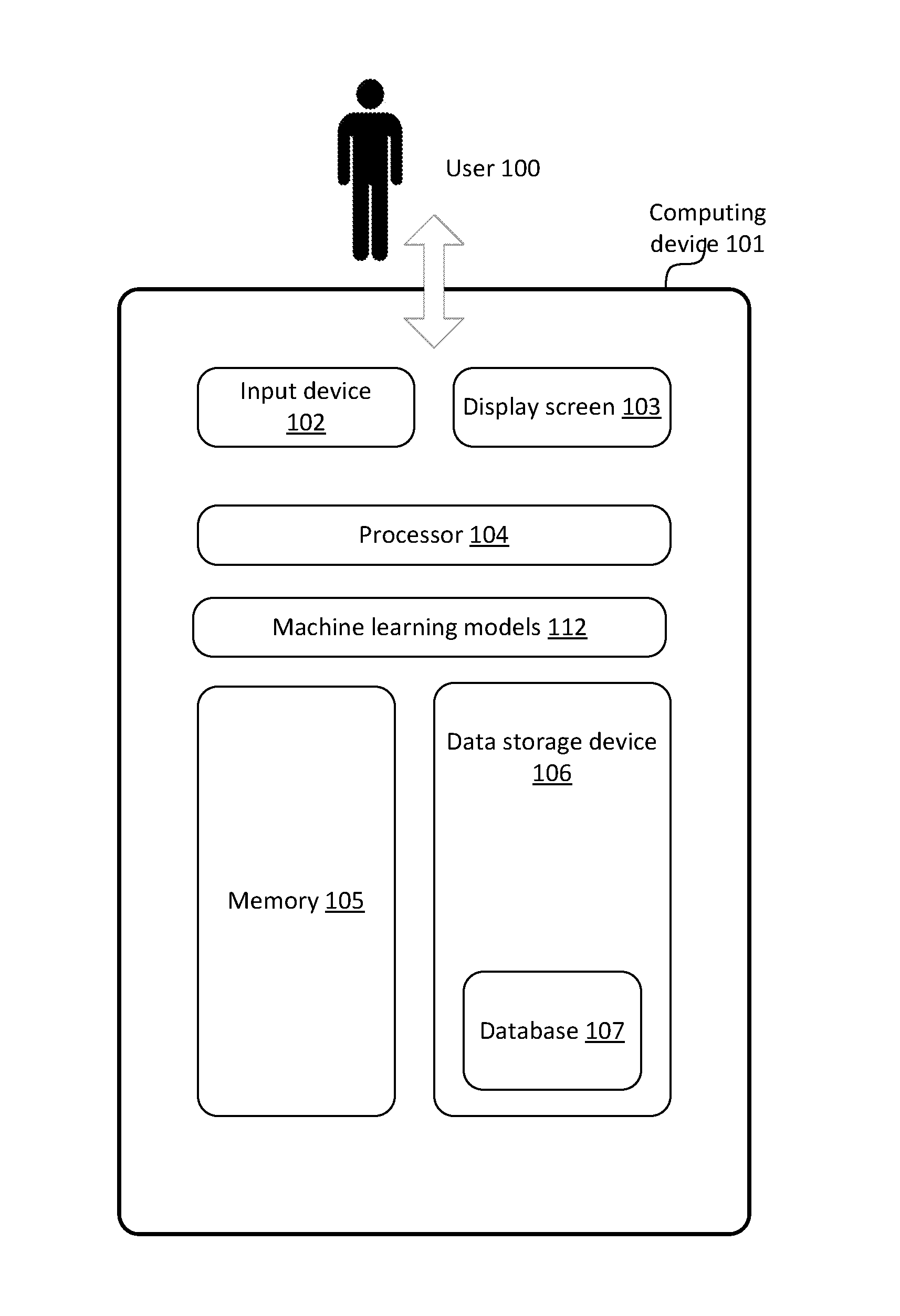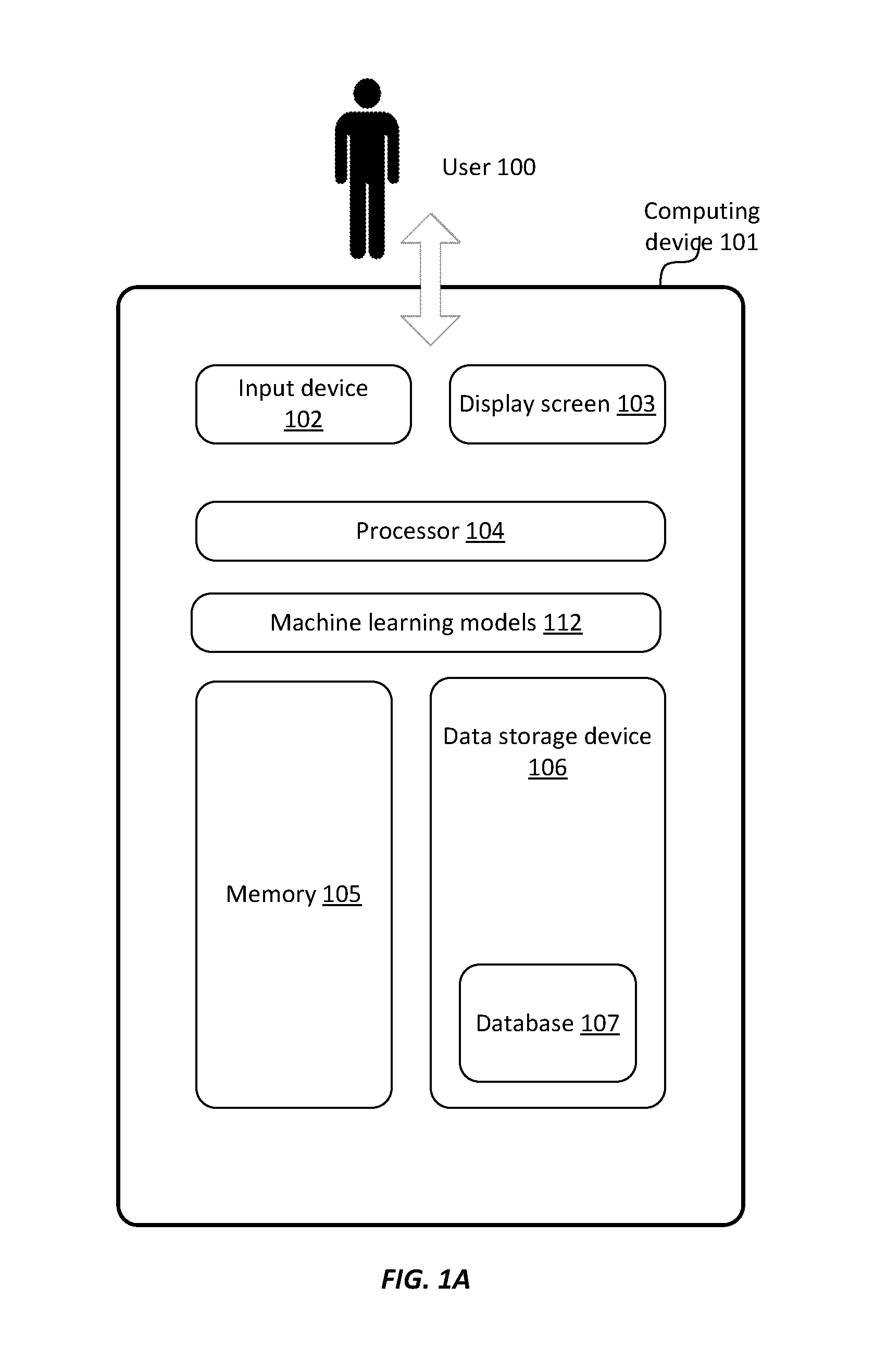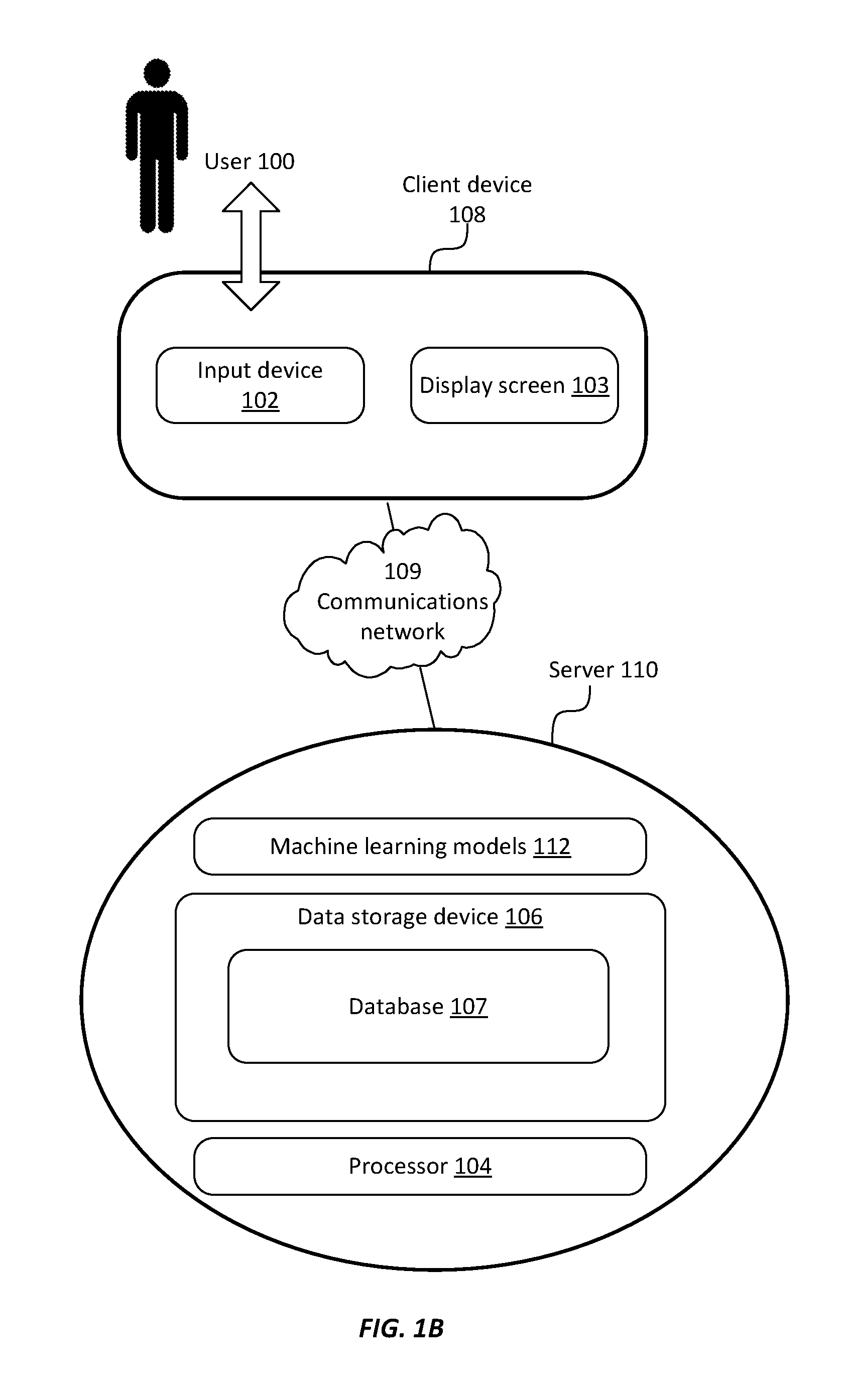Resolving and merging duplicate records using machine learning
a machine learning and record-record technology, applied in probabilistic networks, instruments, biological models, etc., can solve problems such as duplicate records, impede customer tracking and data collection efforts, and degrade customer servi
- Summary
- Abstract
- Description
- Claims
- Application Information
AI Technical Summary
Benefits of technology
Problems solved by technology
Method used
Image
Examples
example
[0150]Referring now to FIG. 4, there is shown an example of a set of duplicated records 401A, 401B, 401C, that can be processed and resolved according to the techniques of the present invention. In this example, last name, first name, company name, and email address is consistent among all records 401. However, record 401C has a different phone number and title than do records 401A, 401B. Also indicated for each record 401 is the source of the record (referral, trade show, or web form).
[0151]Referring now to FIG. 5, there is shown an example of a set of feature vectors 501A, 501B, 501C, that may be calculated from duplicated records 401A, 401B, 401C, respectively, according to one embodiment of the present invention. In this example, each feature vector 502 contains the following features (among others):[0152]Completeness: all records have a value of 1;[0153]Source quality: record 401A is given a value of 0.9 (referral source), record 401B a value of 0.8 (trade show), and record 401...
PUM
 Login to View More
Login to View More Abstract
Description
Claims
Application Information
 Login to View More
Login to View More - R&D
- Intellectual Property
- Life Sciences
- Materials
- Tech Scout
- Unparalleled Data Quality
- Higher Quality Content
- 60% Fewer Hallucinations
Browse by: Latest US Patents, China's latest patents, Technical Efficacy Thesaurus, Application Domain, Technology Topic, Popular Technical Reports.
© 2025 PatSnap. All rights reserved.Legal|Privacy policy|Modern Slavery Act Transparency Statement|Sitemap|About US| Contact US: help@patsnap.com



